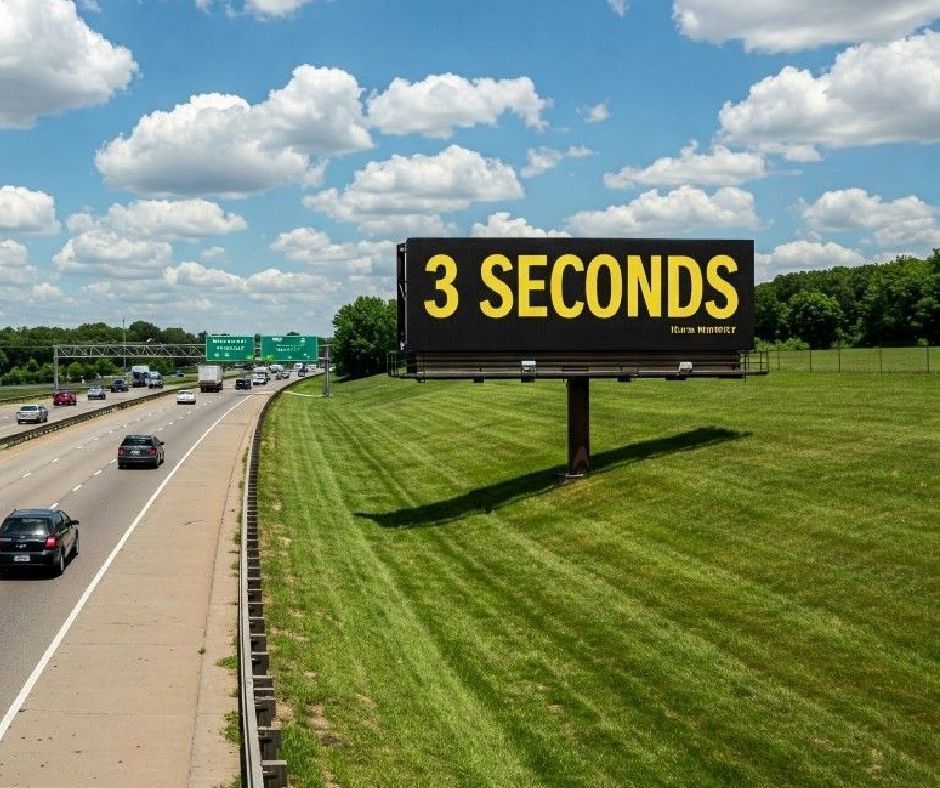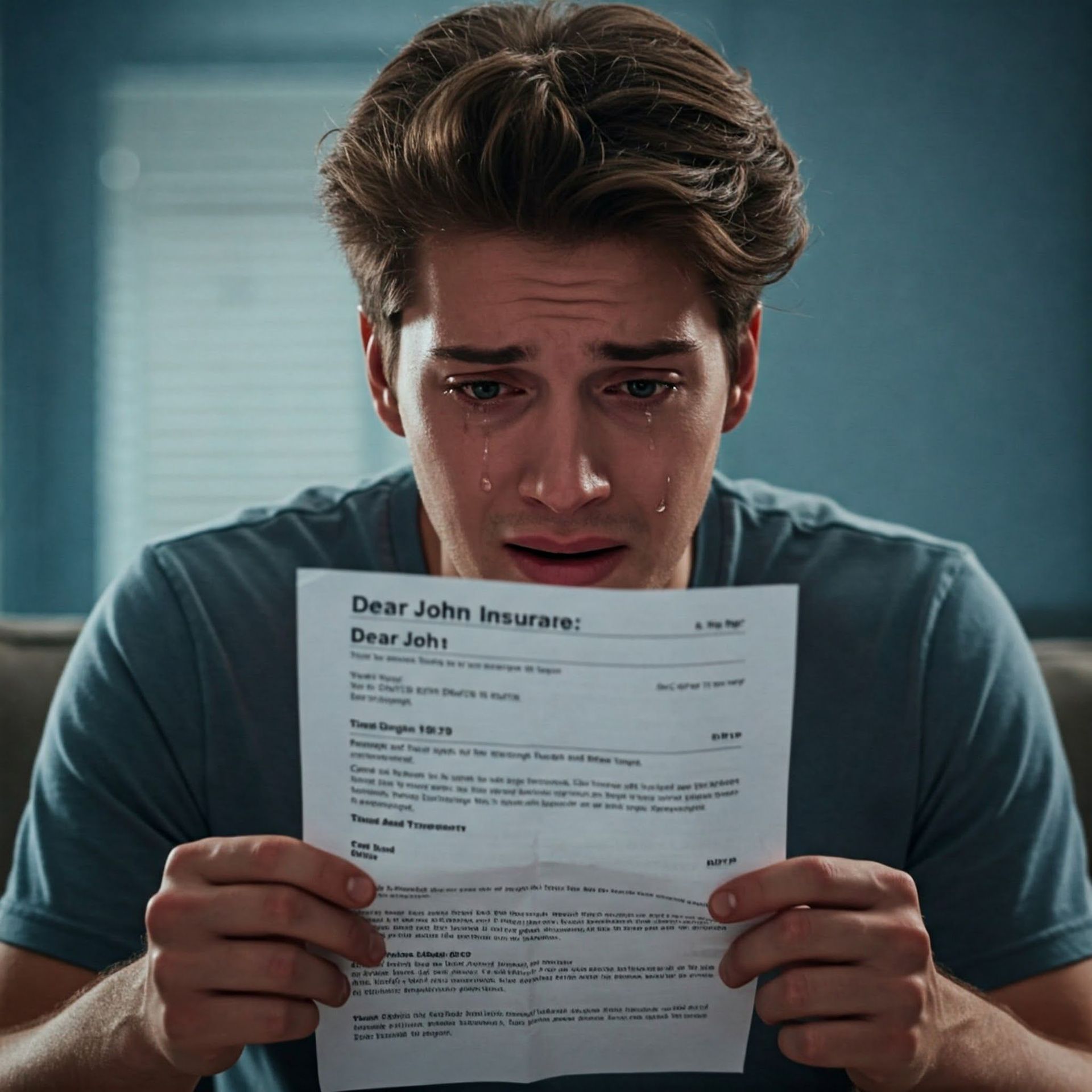Bike Commute
Bike to Work
6 Tips for Getting to Work on 2 Wheels
Did you know that hundreds of thousands of people in the United States bike to work by bicycle? That is according to the U.S. Census Bureau. That’s a lot of cars off the road each day. Also a lot of gasoline is saved and a ton of calories burned.
Bike Commute
Maybe you’re one of Spartanburg’s bicycle commuters already — or maybe you want to give it a try. These tips from the League of American Bicyclists and other organizations will help you prepare for the challenges you’ll face on your way to work. (We’ve included a few tips for drivers, too.)
- Be prepared. Always check your bike and other equipment before you leave on each trip. Also carry the proper tools and gear (including wet-weather clothing, if needed).
- Obey the law, traffic signals and signs. You have a right to be on the road with cars, but you also have the same duties.
- Stay right. Ride with the flow of traffic in the right lane. Leave room to make emergency maneuvers.
- Be visible. Bike commute safely. Drivers are often distracted, and many aren’t expecting to see cyclists on the road. So make them see you! Stay out of blind spots. Wear bright-colored clothing during the day, with reflective clothing and lights at night or in inclement weather. Also use hand signals so motorists know your intentions.
- Consider the conditions. Riding can be miserable when it’s wet, unless you have waterproof rain gear. Watch out for slick roads, too.
- Be hyper-aware. Scan your surroundings constantly so you can react quickly. Pay attention to cars parked alongside the curb; a door can fly open at any moment.
Bonus tips for drivers: Stay on the lookout for cyclists. When you see them, be patient — they have a right to the road, too. If you park on the street, check behind you before opening doors. And, always remember that your significant size and speed advantage can be deadly in an accident. Remember, one day you may bike commute.
Cars and bicycles can, in fact, peacefully coexist on the roads. All it takes is a little preparation and a lot of awareness, along with some understanding thrown in for good measure.
If you bike commute, we here at Select Source Insurance may be able to help you get a special discount on your car insurance for driving your vehicle less. Call today for details!
The post Bike Commute appeared first on Select Source Insurance Group.



All Rights Reserved | Privacy Policy | Terms of Use

